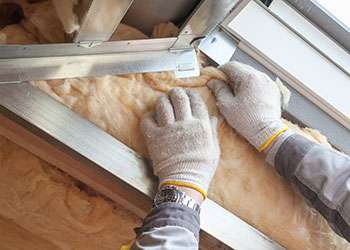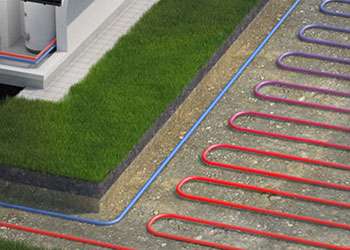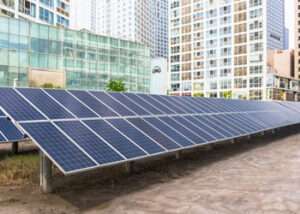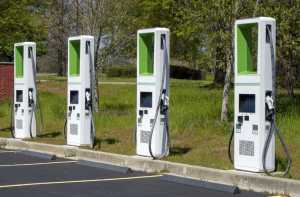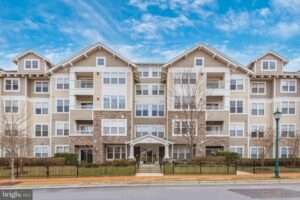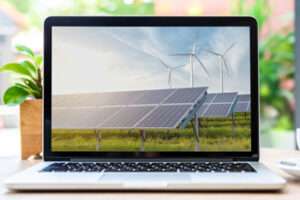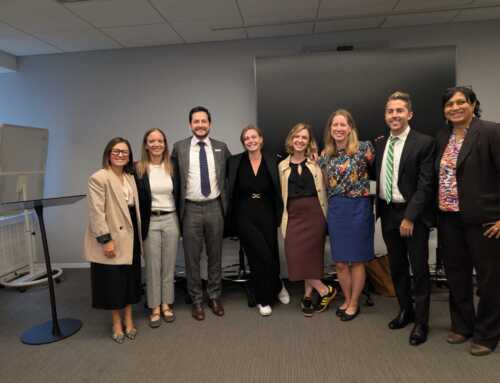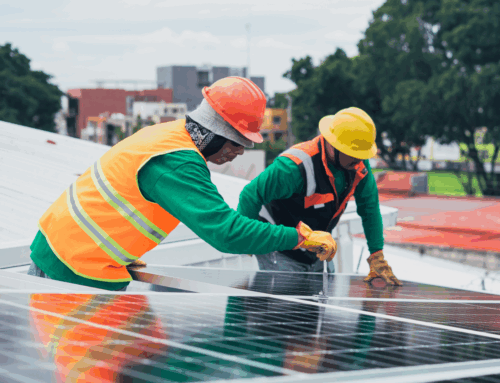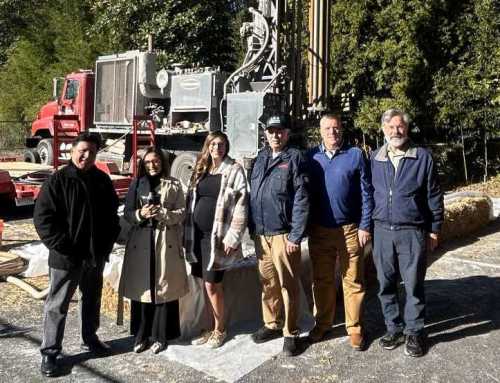Share This Post
Montgomery County, Maryland, has set a new standard for sustainable building practices, placing itself at the forefront of the partial electrification movement. This advancement is driven by two key policies: Bill 13-22, the Comprehensive Building Decarbonization legislation, and the Building Energy Performance Standards (BEPS).[1]
Bill 13-22, one of the first of its kind in Maryland, mandates the electrification of new construction, prohibiting the use of gas in these buildings. BEPS complements this by setting performance metrics for existing buildings to ensure they also contribute to the county’s sustainability goals. The stakeholder work group recommended Normalized Site Energy Use Intensity (EUI) as the metric for evaluating buildings, which favors electrification—a crucial strategy for reducing greenhouse gas emissions.
Property owners and project developers are evaluating ways to decarbonize buildings and comply with BEPS requirements. A compelling example is the partial electrification of Hampshire Tower Apartments, a 216-unit high-rise multifamily building in Takoma Park. This $16.4 million project includes installing a 159 kW solar PV system, a gas-to-electric HVAC system conversion, and establishing a Resilience Hub.
Hampshire Tower will become the first privately owned Resilience Hub in the county, demonstrating its commitment to sustainability and reaching the climate goals of achieving zero greenhouse gas emissions. This initiative shows how building owners are proactively working towards BEPS compliance and aggressive decarbonization in partnership with the Montgomery County Green Bank (MCGB).
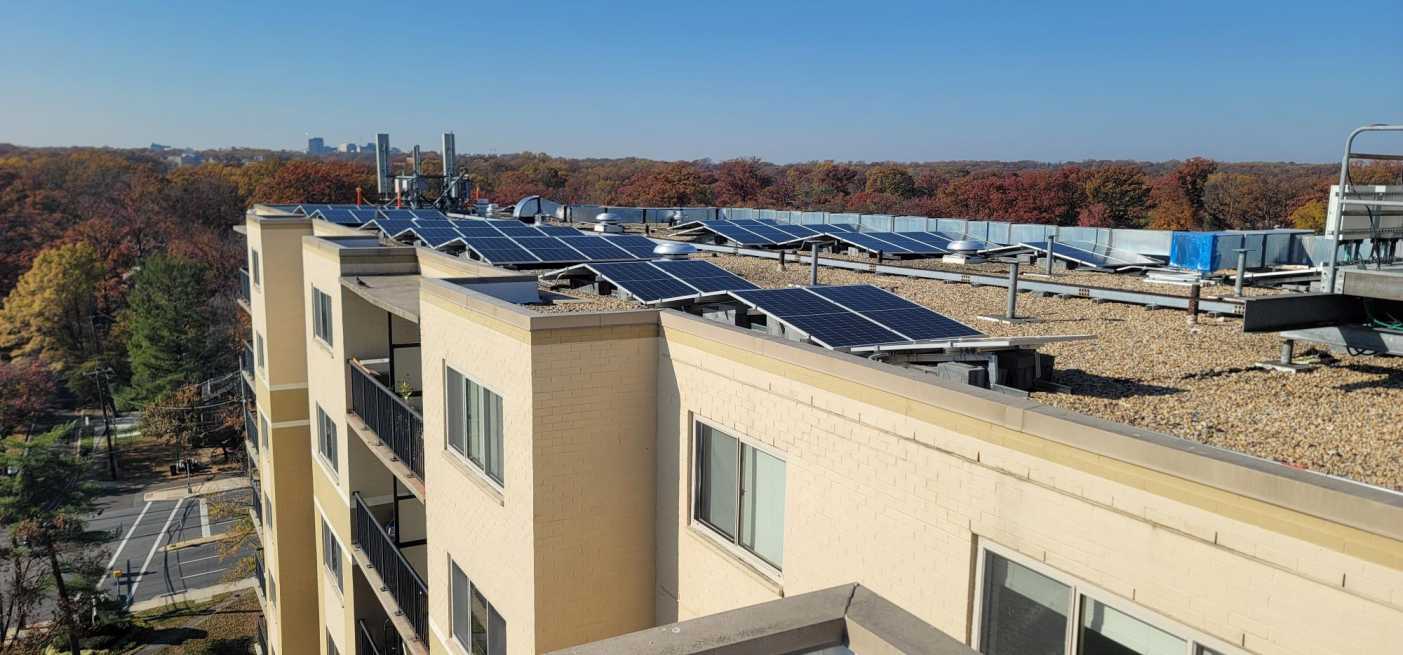
Project Financing to Achieve Results
The Green Bank, in collaboration with NYCEEC, provided a $4.5 million construction loan for the project, making it the Green Bank’s largest investment to date. Additionally, Montgomery County DHCA contributed $6 million, and Hampshire Towers ownership contributed $5.9 million.
The project is expected to increase electricity use by 137,343 kWh/year, decrease natural gas use by 37,292 kWh/year, and mitigate 138 metric tons of GHG emissions annually. It will also result in $164,545 in annual savings from lower energy and maintenance expenses.
Leading the way in clean energy practices: BEPS and the IRA
Despite opposition from gas utilities, trade associations, businesses, and other groups, the county council unanimously passed the Comprehensive Building Decarbonization legislation (Bill 13-22) in 2022. According to this legislation, all new residential and commercial buildings must be all-electric starting in 2027, with some exceptions. This marks a significant step towards reducing greenhouse gas emissions and promoting a cleaner, healthier environment.
Bill 13-22 is driving significant changes in the construction and energy sectors. The legislation includes the introduction of Building Energy Performance Standards (BEPS), which aim to reduce greenhouse gas emissions by improving the energy efficiency of buildings.
BEPS sets specific energy performance targets that new and existing buildings must meet. It encourages property owners and developers to implement energy-efficient measures such as improved insulation, energy-efficient heating and cooling systems, and renewable energy sources. By meeting these standards, buildings can reduce their energy consumption, lower their utility bills, and contribute to the county’s overall goal of reducing its carbon footprint.
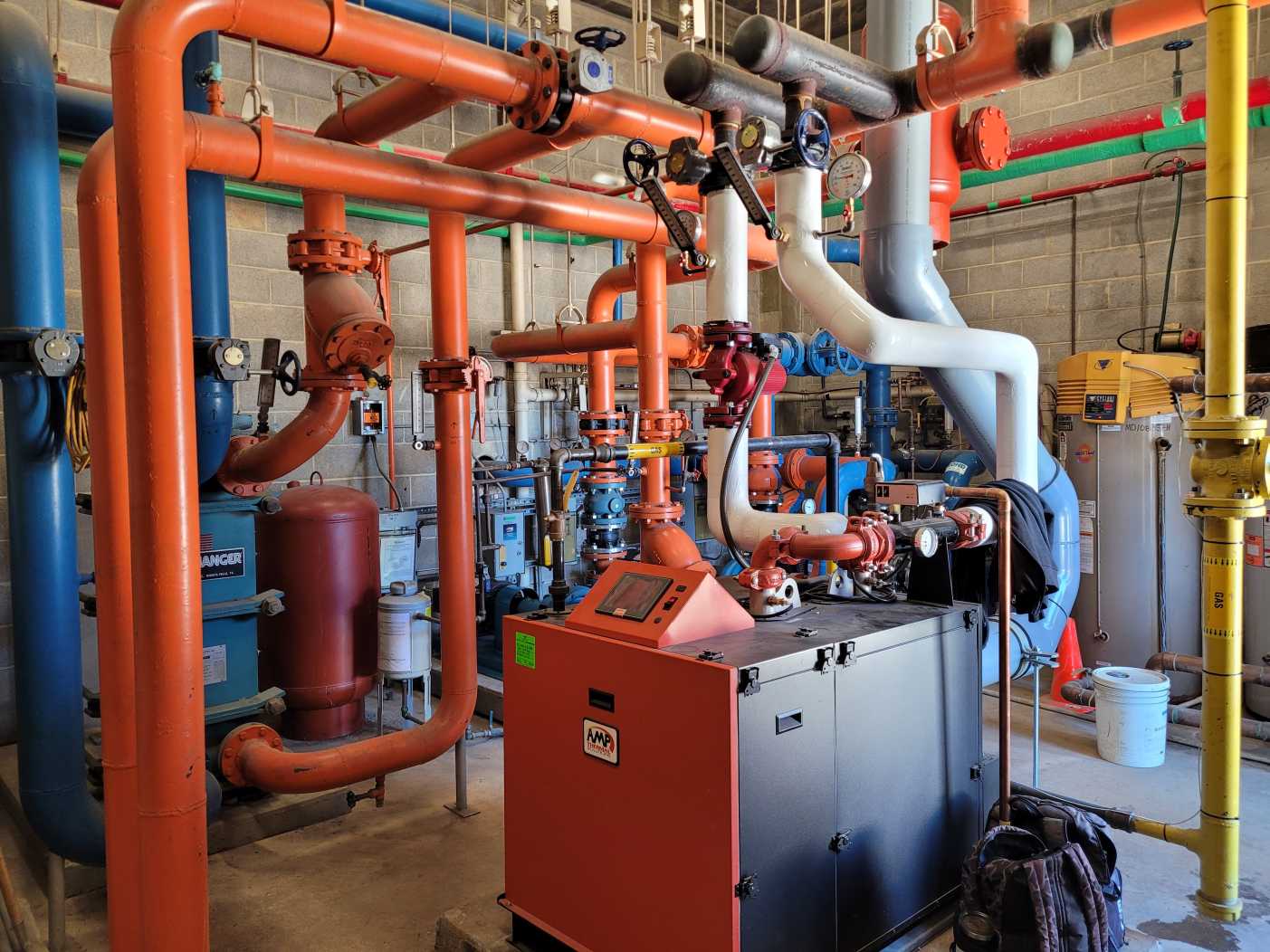
The Inflation Reduction Act (IRA) plays a crucial role in supporting these efforts. federal legislation includes the Greenhouse Gas Reduction Fund (GGRF), a $27 billion investment to mobilize financing and private capital for projects that reduce greenhouse gas emissions and air pollution. The GGRF supports initiatives such as clean technology deployment and solar energy adoption, particularly in low-income and disadvantaged communities, aligning with President Biden’s Justice40 Initiative. ,
The Green Bank was part of the Coalition for Green Capital’s successful bid for GGRF funds, with the coalition being awarded $5 billion. This funding further enables the county to advance its clean energy goals and support energy-efficient projects.
Efficient building electrification is a critical strategy in curbing energy demand and carbon emissions, aligning with the county’s ambitious climate change objectives. This legislation has deepened the county’s understanding of energy usage patterns and continues to reveal energy-saving opportunities in the construction sector. By leveraging federal support through the IRA and local initiatives like BEPS, Montgomery County is setting a precedent for sustainable building practices and environmental stewardship.
Community impact and collaboration
“Being part of a project that contributes to a greener future fills me with pride,” shared Kristin Salgado, Property Manager of Hampshire Tower. “We’ve managed to minimize disruption to our residents during the construction phase, showing that sustainable practices can be seamlessly integrated into daily life. Every building, like Hampshire Tower, is vital in reducing emissions and creating a more sustainable environment for all.”
Mike Cain, from Era Building Solution, the project developer for major electrification projects at Takoma Overlook and Hampshire Tower, commended the collaboration with the Green Bank and other partners. He commented, “Creativity and partnership are key to the success of projects like these. Our collaboration has been instrumental in achieving our goals and ensuring a more sustainable future for our communities.”
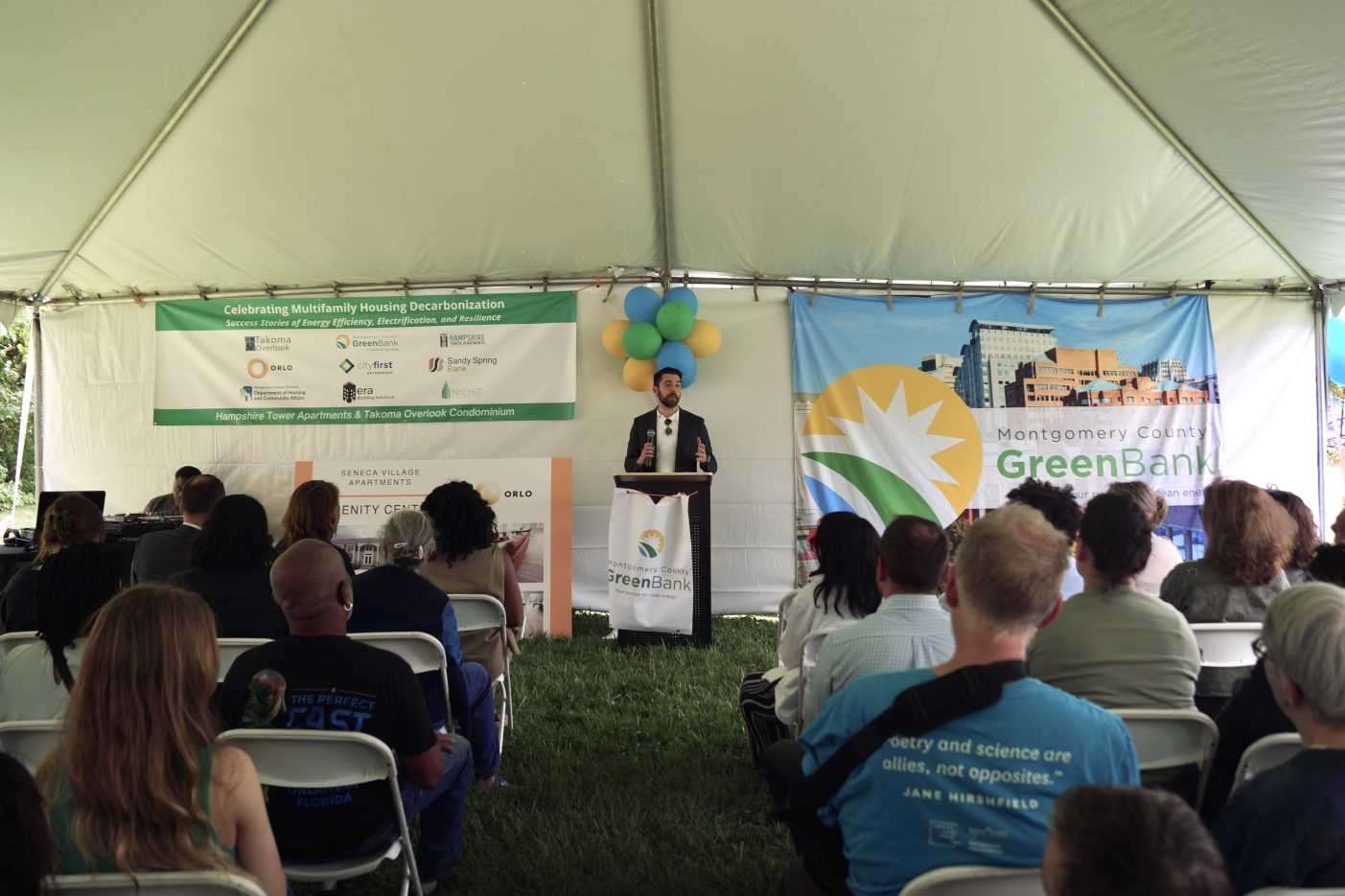
Cain went on to highlight the project’s broader community benefits: “Hampshire Tower is a great example of making changes that improve residents’ quality of life and support the surrounding community. They installed a solar system and battery storage, along with external plugs so that emergency services trailers can plug in and run 24/7 off their solar and battery storage during an emergency. This resilience space not only serves the building residents but also supports the nearby community in times of need.”
This initiative showcases how sustainable building practices can enhance both environmental sustainability and community resilience, setting a new standard for future projects.
Ensuring a sustainable future with the Green Bank
Montgomery County’s commitment to electrification extends beyond Hampshire Tower. Seneca Village Apartments, a 684-unit affordable multifamily property, installed a 2.18 MW rooftop solar array, the largest rooftop solar project on a multifamily property in the county. This project, funded partly by the Green Bank, demonstrates the county’s dedication to equitable access to clean energy.
The electrification revolution in Montgomery County is a testament to what can be achieved through collaboration, innovation, and a commitment to sustainability. By leading the way in clean energy practices, Montgomery County is setting an example for other communities to follow in the fight against climate change.
At the Montgomery County Green Bank, we are proud to play a pivotal role in financing and facilitating these projects. We are striving to make clean energy financing accessible and affordable for all by supporting projects that benefit the environment and the community. Our Tailored Structured Financing program provides customized solutions for complex financing needs, ensuring that clean energy projects can move forward effectively. For more information about how we can help you implement energy-efficient solutions at your property, email info@mcgreenbank.org.

